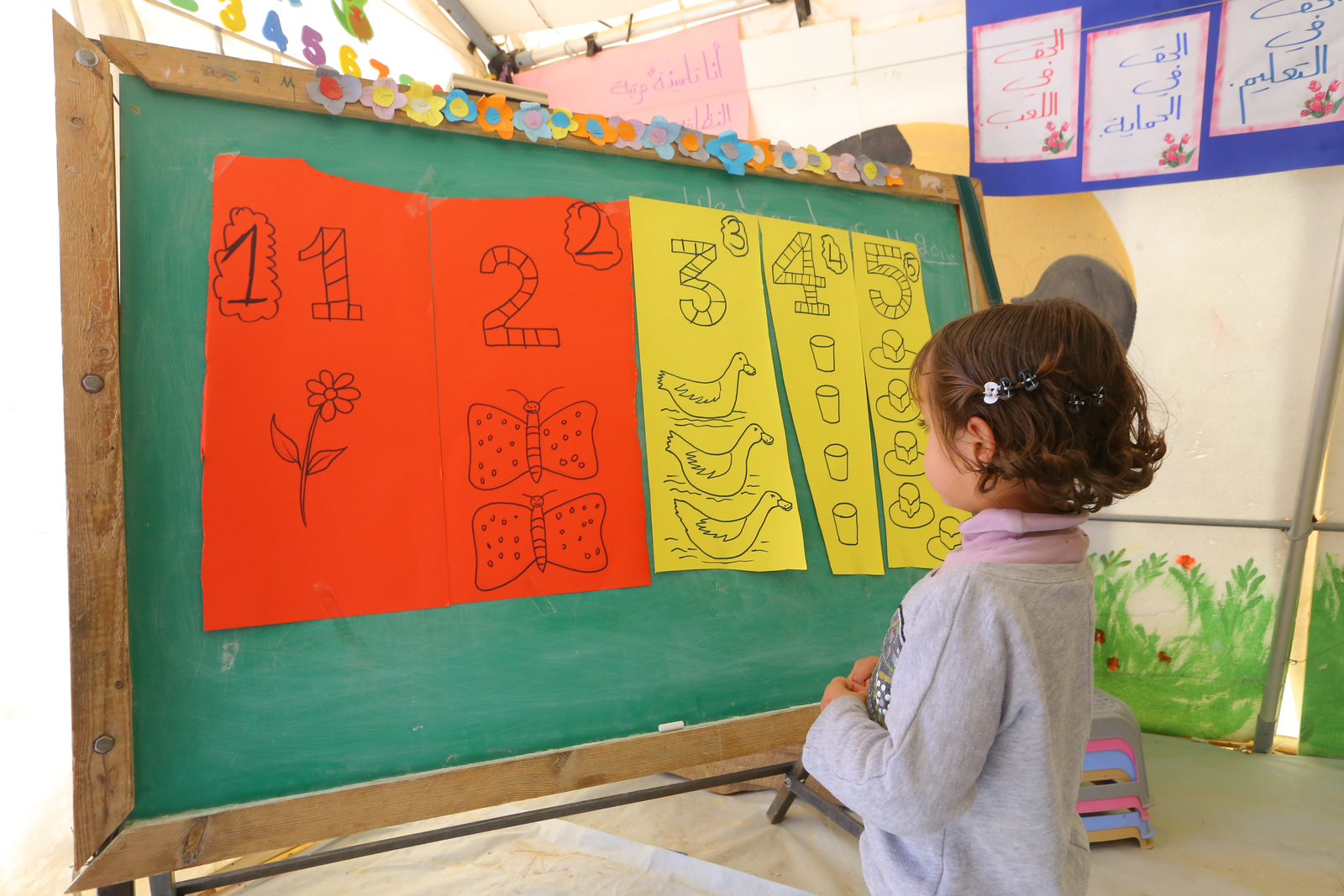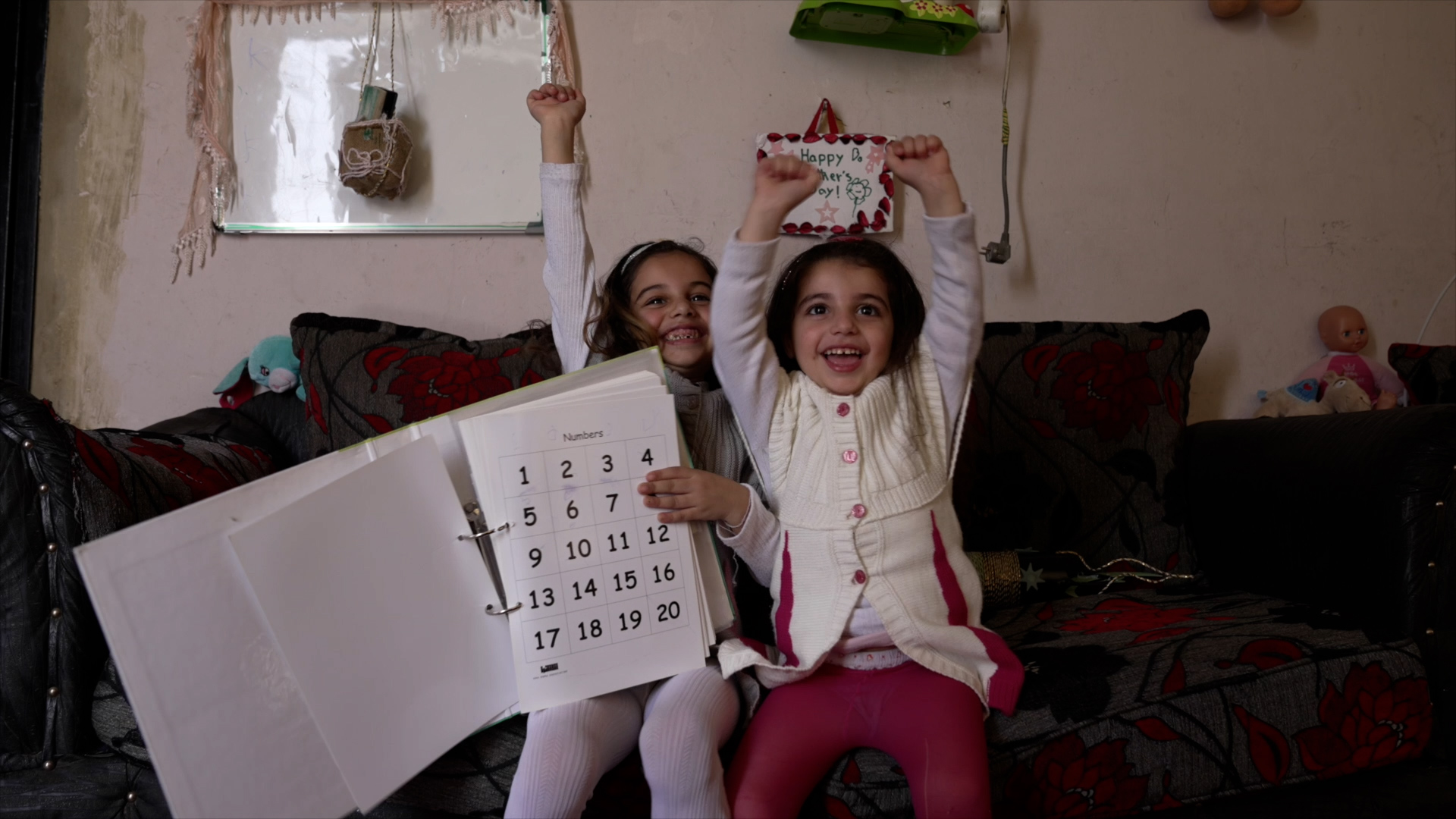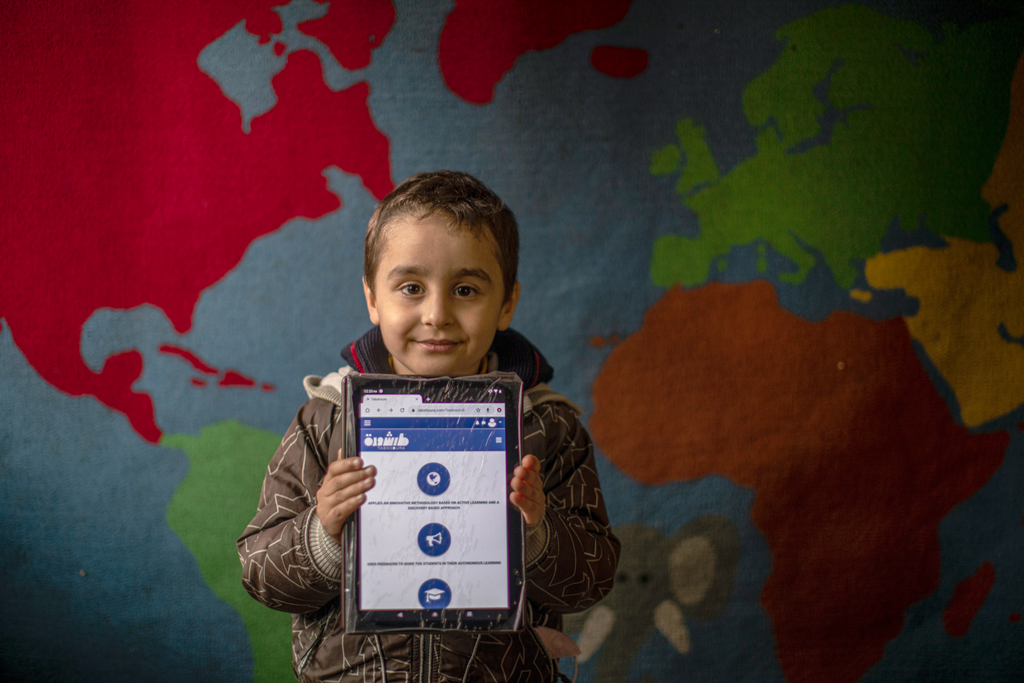
UN welcomes $930m boost for education, nutrition and other aid for Yemen
Children in conflicts, Early childhood development, Education in emergencies, Refugees and internally displaced people, Safe pregnancy and birth, Safe schools
The 2018 plan for the war-torn country includes repairing 1400 schools and nutritional help for 5.6 million children.
A humanitarian plan to aid millions of people in war-torn Yemen – which includes rebuilding schools and helping 1.8 million acutely malnourished children – has been boosted by donations of $1 billion.
That’s almost a third of the total needed to fund the 2018 Humanitarian Response Plan for Yemen.
Mark Lowcock, the United Nations’ emergency relief co-ordinator, said yesterday he hoped the “generous and much-needed” funds from Saudi Arabia and the United Arab Emirates would encourage others to help.
He added: “The humanitarian situation in Yemen continues to deteriorate because of ongoing conflict, collapsing basic services and economic decline. A record 22.2 million people are now in need of humanitarian assistance – 3.4 million more than last year.”
Saudi Arabia and the UAE also promised to raise another $500 million from other donors in the region.
The money will help education, nutrition, safe water and health services in a country where 22 million people – 75% of the population – need humanitarian assistance.
If the 2018 Humanitarian Response Plan is fully funded, the UN will use the $2.96 billion to deliver aid that includes:
- Repairing and rebuilding more than 1400 schools damaged in the conflict
- Giving nutritional services to 5.6 million children, pregnant women and mothers
- Providing psychosocial support for traumatised children, mine awareness programmes and education about gender-based violence
The ongoing conflict has left almost two million children out of school in Yemen – including more than 500,000 who are displaced from their homes.
Of the country’s 16,000 schools, an estimated one in five is unfit for purpose.
More than 250 were destroyed between March 2015 and November 2017, according to UNICEF. Another 1400 schools were partially damaged due to airstrikes or shelling.

Many teachers have not been paid regularly for more than a year. That delayed the start of the school year in 13 of the 22 governorates.
The role played by Saudi Arabia and the UAE in the Yemen conflict has been heavily criticised. A Saudi-led coalition, which includes the UAE, has been fighting Houthi rebels in Yemen.
A report to the UN Security Council said the coalition was responsible for the deaths of 68 children from July to September last year and had targeted schools in its air strikes.
Getting children back into school quickly after a crisis can prevent them from falling into child labour, child marriage, exploitation and recruitment by armed groups.
Schools should also be safe from attack or military use. 72 countries have signed the Safe Schools Declaration – a commitment to protect education from attack and stop the military use of schools.
Of the five permanent members of the United Nations Security Council, only one has signed. Theirworld’s Safe Schools petition urges Russia, China, the United States and United Kingdom to follow France’s leadership.
About 1.8 million children under five in Yemen are acutely malnourished, including 400,000 suffering from severe acute malnutrition.
There are also 1.1 million pregnant or breastfeeding women who are acutely malnourished.
Poor nutrition could irrecoverably affect Yemeni children’s potential to develop physically and educationally.
Nutrition is one five key areas that under-fives need. The first years in a child’s life are the most crucial – as a child’s brain is 90% developed by the time they are five.
Theirworld’s #5for5 campaign has been calling on countries to invest more in early childhood development and pre-primary education.
More news

MyBestStart programme gives young girls the education they deserve
